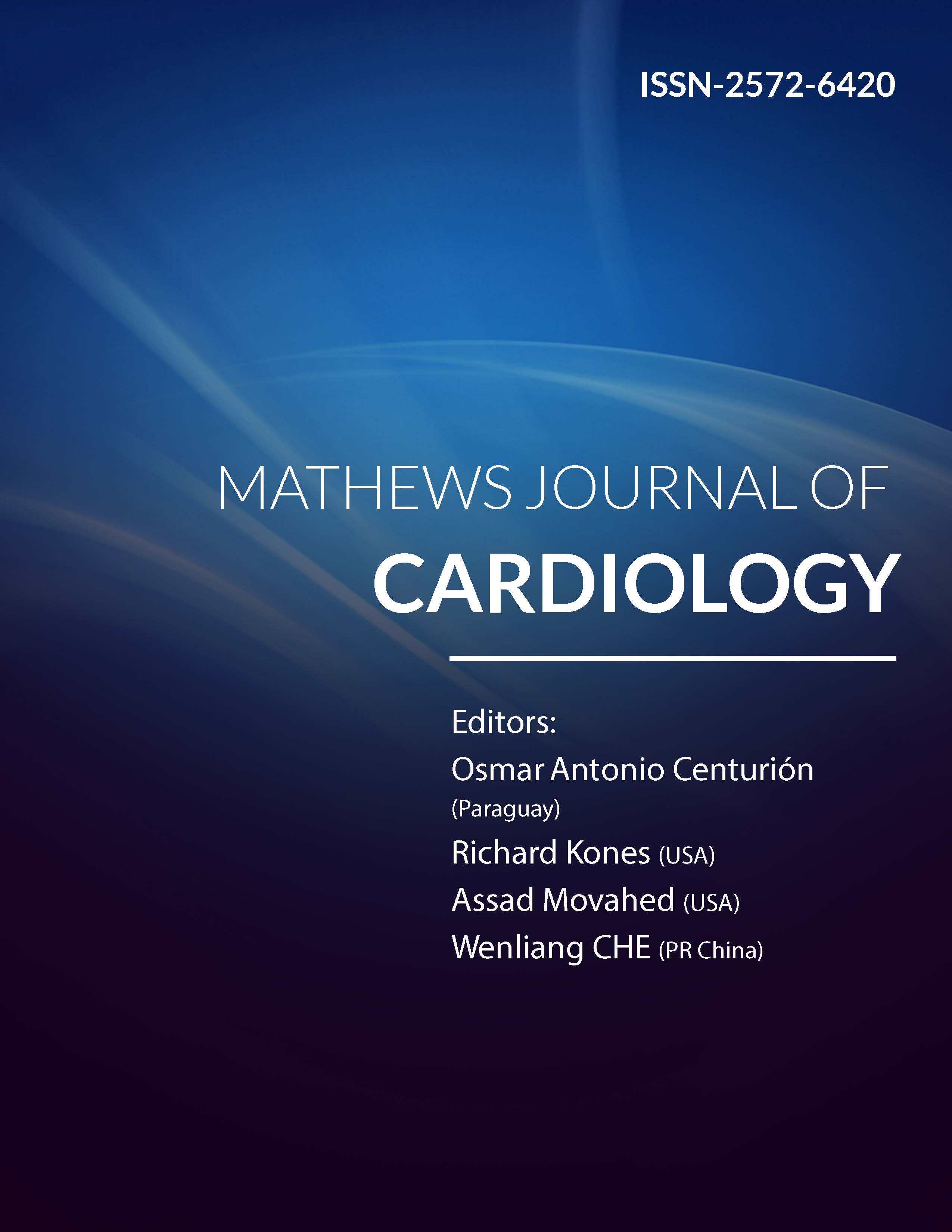
Information Links
Previous Issues Volume 1, Issue 2 - 2016
Pathological Changes in Pulmonary Vasculature after Atrial Fibrillation Ablation
Jessica Huston1, Craig Selzman2, Lyska Emerson3, Leif Jensen4, Nathan Hatton5, Frederick Han6, John J Ryan6
1Department of Medicine, Veterans Affairs Medical Center, Salt Lake City, UT, United States.
2Division of Cardiothoracic Surgery, Department of Surgery, University of Utah, Salt Lake City, UT, United States.
3Department of Pathology, University of Utah School of Medicine, Salt Lake City, UT, United States.
4Department of Radiology, University of Utah School of Medicine, Salt Lake City, UT, United States.
5Division of Pulmonary Medicine, Department of Medicine, University of Utah, Salt Lake City, UT, United States.
6Division of Cardiovascular Medicine, Department of Medicine, University of Utah, Salt Lake City, UT, United States.
Corresponding Author: John J Ryan, Assistant Professor, Division of Cardiovascular Medicine, University of Utah Health Science Center, 30 North 1900 East, Room 4A100, Salt Lake City, UT 84132, United States, Tel: 801-585-2341; E-Mail: john.ryan@hsc.
Received Date: 22 Aug 2016
Accepted Date: 29 Aug 2016
Published Date: 31 Aug 2016
Copyright © 2016 Ryan JJ
Citation: Ryan JJ, Huston J, Selzman C, Emerson L, et al. (2016). Pathological Changes in Pulmonary Vasculature After Atrial Fibrillation Ablation. Mathews J Cardiol. 1(2): 005.
ABSTRACT
A well-known complication of radiofrequency ablation is pulmonary vein stenosis. We present a complex case of a patient with pulmonary vein occlusion, which developed within a few months after radiofrequency ablation for atrial fibrillation. The pathologic changes seen on lung biopsy, which developed in the months after the ablation are similar to those seen in pulmonary arterial hypertension.
A 67-year-old Caucasian male with a history of rheumatoid arthritis and radiofrequency ablation for atrial fibrillation presented with hypoxic respiratory failure and hemoptysis. In the preceding months he had been treated for recurrent pneumonia and high dose corticosteroids for a histopathologic diagnosis of pulmonary capillaritis. A contrast-enhanced computed tomography of the chest revealed total occlusion of the left inferior, left superior, and right superior pulmonary veins with patent flow only through the right inferior pulmonary vein from the right lower lobe. Surgical specimens revealed vascular remodeling similar to Group 1 pulmonary arterial hypertension.
This case is important because of the impressive radiographic imaging and histopathological changes seen in a patient with pulmonary veins stenosis and radiofrequency ablation
KEYWORDS
Pulmonary Vein Stenosis; Pulmonary Hypertension; Pulmonary Vascular Disease; Hypoxia.